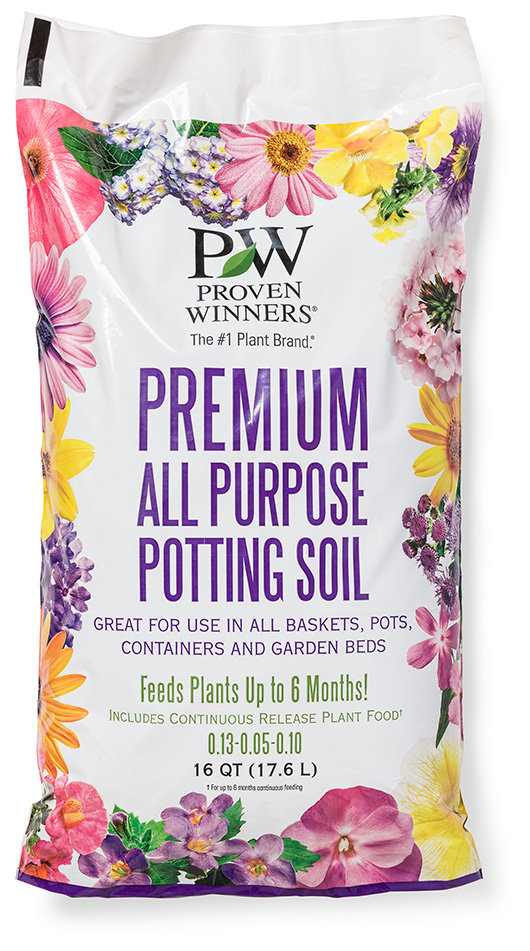Watering Container Plants
Watering is vital to your plants' health, but it can be a daunting task at times. Take these important tips.
 Your container plants require more water as the temperatures rise in the summer. They also require good drainage for healthy growth. Add in the need to conserve water that challenges most gardeners to do more with less, and watering can seem like a daunting task. Are you doing all you can to use water efficiently while making sure your plants get all they need? Here are some points to keep in mind:
Your container plants require more water as the temperatures rise in the summer. They also require good drainage for healthy growth. Add in the need to conserve water that challenges most gardeners to do more with less, and watering can seem like a daunting task. Are you doing all you can to use water efficiently while making sure your plants get all they need? Here are some points to keep in mind:
Rethink the type of pot you're using. 
Unglazed terra cotta pots will dry out more quickly than glazed ceramic pots. Plastic growing containers will retain water more effectively than ceramic pots, but if you use black plastic pots alone you run the risk of attracting too much heat for the roots of some plants. A good solution is to pot up plants in plastic pots, then insert the plastic pots into a more attractive container. No matter which type of pot you use, be sure there are ample unblocked drainage holes for water to escape through.
Consider your soil mixture.
Vermiculite, perlite and sand keep soils light and well drained. Peat helps soil retain water. Use a blend that provides the right combination of drainage and water retention for healthy growth. If your containers seem to need water multiple times throughout the day, consider a water retaining soil additive. These products soak up water then release it slowly back into the soil.
When potting up container plants, be sure to leave two or three inches of room at the top of the pot to hold water. Without that extra space, water will run off the soil before penetrating to the plant's roots.
Does the plant really need water?
A lack of water isn't the only reason your container plant's leaves may wilt in the summer. Always test the soil. Stick your finger down two to three inches to check for dampness or use a soil moisture meter. If your soil seems adequately damp but your container plants still seem stressed, try moving them to a cooler location as they acclimate to the hotter temperatures.
Know your plant's particular needs.
Some plants prefer to stay uniformly moist, while others need to dry out between watering. When combining multiple plants in a single container, make sure they all have similar water needs.
Water well.
If the water runs down the inside edges of the pot instead of soaking into your containers, submerse the container into a water-filled sink or large bucket and let the soil soak for a while. Consider drip irrigation for an effective means of watering that will decrease your water usage and provide a slow and steady flow of water that will better penetrate the container's soil.
Don't Forget.
Even one day of extreme temperatures and inadequate water can do irreparable damage to the most hardy container plants. Check your containers regularly and often. And if you go on vacation, be sure to have a friend or neighbor stop by to water your plants!
For more information on general watering practices read "Water Your Way to Happy Plants."
For information on what to do if you have overwatered your plant read "Wait That Plant is Drowning!"




